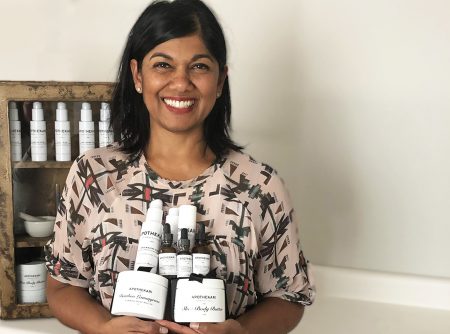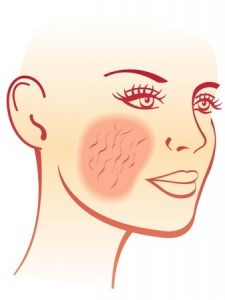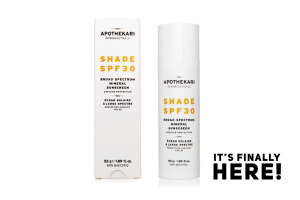Despite the fact that many of us are well versed on the importance of applying sunscreen, many sunscreen myths persist. In this post we’ll take a look at 5 sunscreen myths; you may be surprised.
1. Base Tans Offer Protection
Repeat after me, “There is no such thing as a safe tan”. A tan is your body’s response to the exposure of UV rays. When skin cells are exposed to UV light, they produce more melanin, the pigment that colors your skin and that’s why you get a tan. A tan is a sign that your skin has been damaged and does not mean that you’ll be protected against future sun damage.
A “base tan” offers about an SPF 4 protection compared to a white T-shirt, SPF 7. If you like the look of tanned skin, opt instead for a self-tanner.
2. I Have Dark Skin So I’m Safe
Individuals with more pigment in their skin tend to have a lower skin cancer risk. Yet, it is frequently diagnosed in people of color. However, it tends to be diagnosed later, meaning it’s progressed to an advanced stage and therefore more difficult to treat.
The sun doesn’t only increase your risk for skin cancer, it also deepens dark spots and can lead to hyperpigmentation. Just because you have darker skin, you’re not immune from sun damage.
3. Wearing Sunscreen Prevents Vitamin D Production
You don’t need a lot of time in the sun to produce Vitamin D. Just 15-20 minutes to exposed skin is usually enough. Vitamin D deficiency has even been found in tanned individuals so lots of sun exposure isn’t a sure bet that your levels are OK.
One study of Hawaiian surfers found that although all participants were tanned, many were still vitamin D deficient. Vitamin D can also come from supplements; not just the sun. Check in with your health care professional if you feel that supplementation might be a good idea for you.
4. “Waterproof” Sunscreens Do Not Wash Off
There is no such thing as a “waterproof” (or “sweatproof”) sunscreen. Although the term is prohibited by both the FDA and Health Canada, you may still find sunscreens labelled as such. Both regulatory bodies recommend use of the term “water-resistant” instead.
A water-resistant sunscreen remains active after 40 minutes of exposure to water. A “very water-resistant” sunscreen remains active after 80 minutes of exposure to water. If you’ve been in the water or perspiring, you must reapply.
5. Sunscreen is Bad For You
Because there is more awareness regarding the importance of sunscreen and more of us use it, it’s easy to attribute sunscreen use to the increase in the development of skin cancer. It’s important to note that while we are more sun aware and using more sunscreen, we are also spending more time in the sun. We take more tropical vacations, retire in sunnier locations and use sun beds more frequently.
There’s no evidence that sunscreen causes cancer and most health care professionals agree that it’s our behaviors rather than our sunscreen use that is contributing to a rise in skin cancer rates.
Have I helped to debunk some of the sunscreen myths?







